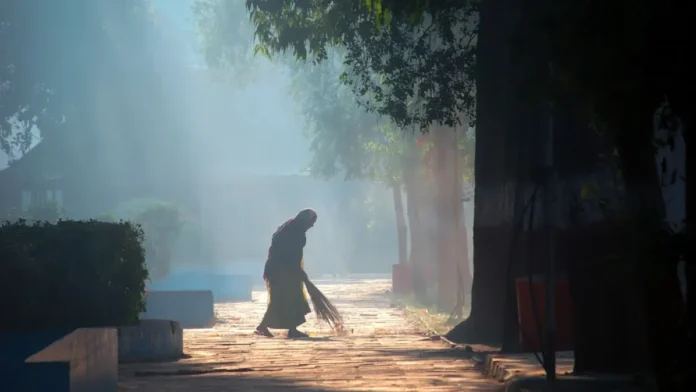In the rich tapestry of human societies, few concepts evoke as much intrigue and controversy as casteò. Originating in ancient India, casteò has evolved over centuries to become a complex system that influences various aspects of life, from social interactions to economic opportunities. In this guide, we delve deep into the essence of casteò, exploring its historical roots, contemporary relevance, and enduring impact on communities around the world.
Understanding Casteò: A Historical Perspective
Casteò traces its origins back to ancient India, where it emerged as a hierarchical social structure designed to organize society based on occupation and lineage. At its core, casteò was intended to provide a framework for social order, with each casteò assigned specific roles and responsibilities within the community.
Over time, casteò became deeply ingrained in Indian society, shaping not only social relationships but also economic opportunities and political power dynamics. The rigid hierarchy of casteò dictated everything from marriage alliances to access to education and employment, perpetuating inequalities and divisions within society.
The Modern-Day Significance of Casteò
While casteò remains a prominent feature of Indian society, its influence extends far beyond the borders of the subcontinent. In diaspora communities around the world, casteò continues to play a significant role in shaping identity and social interactions.
In contemporary India, efforts to address caste-based discrimination and promote social equality have led to significant legal and social reforms. However, deep-rooted casteò prejudices persist, impacting millions of individuals and communities across the country.
Unraveling the Complexity of Casteò Identity
One of the most fascinating aspects of casteò is its multifaceted nature, encompassing not only social status but also cultural identity and historical significance. For many individuals, casteò identity is deeply intertwined with notions of heritage and belonging, shaping their sense of self and community.
Navigating the intricacies of casteò identity requires a nuanced understanding of its historical context and contemporary manifestations. From caste-based affirmative action policies to grassroots activism aimed at challenging caste-based discrimination, efforts to address casteò inequality take many forms.
Breaking Down Casteò Stereotypes
Despite its complexity, casteò is often reduced to simplistic stereotypes and misconceptions, perpetuating harmful biases and prejudices. By challenging these stereotypes and fostering dialogue and understanding, we can work towards creating a more inclusive and equitable society.
The Intersectionality of Casteò and Gender
Within the framework of casteò, gender plays a crucial role in shaping individuals’ experiences and opportunities. Women from marginalized casteò backgrounds often face intersecting forms of discrimination, further exacerbating inequalities and barriers to social mobility.
Navigating Casteò in the Modern World
As societies become increasingly interconnected, the dynamics of casteò are evolving in response to changing social, economic, and political landscapes. Navigating casteò in the modern world requires a nuanced understanding of its historical legacy and contemporary implications.
Addressing Casteò Inequality: Challenges and Opportunities
While progress has been made in addressing casteò inequality, significant challenges remain. From ensuring equal access to education and employment to combating caste-based violence and discrimination, addressing casteò inequality requires a multifaceted approach.
FAQs (Frequently Asked Questions)
What is the origin of casteò? Casteò originated in ancient India as a hierarchical social structure designed to organize society based on occupation and lineage.
How does casteò impact social interactions? Casteò influences various aspects of social interactions, from marriage alliances to access to education and employment.
Is casteò confined to India? While casteò originated in India, its influence extends to diaspora communities around the world.
What efforts are being made to address casteò discrimination? Efforts to address casteò discrimination include legal reforms, affirmative action policies, and grassroots activism.
How does casteò intersect with gender? Gender plays a crucial role in shaping individuals’ experiences within the casteò system, with women from marginalized casteò backgrounds facing intersecting forms of discrimination.
What are the challenges in navigating casteò in the modern world? Navigating casteò in the modern world requires a nuanced understanding of its historical legacy and contemporary implications, as well as addressing stereotypes and biases.
Conclusion
In conclusion, casteò is a complex and multifaceted phenomenon that continues to shape societies and individuals’ lives around the world. By understanding its historical roots, contemporary significance, and enduring impact, we can work towards building a more inclusive and equitable future for all.


